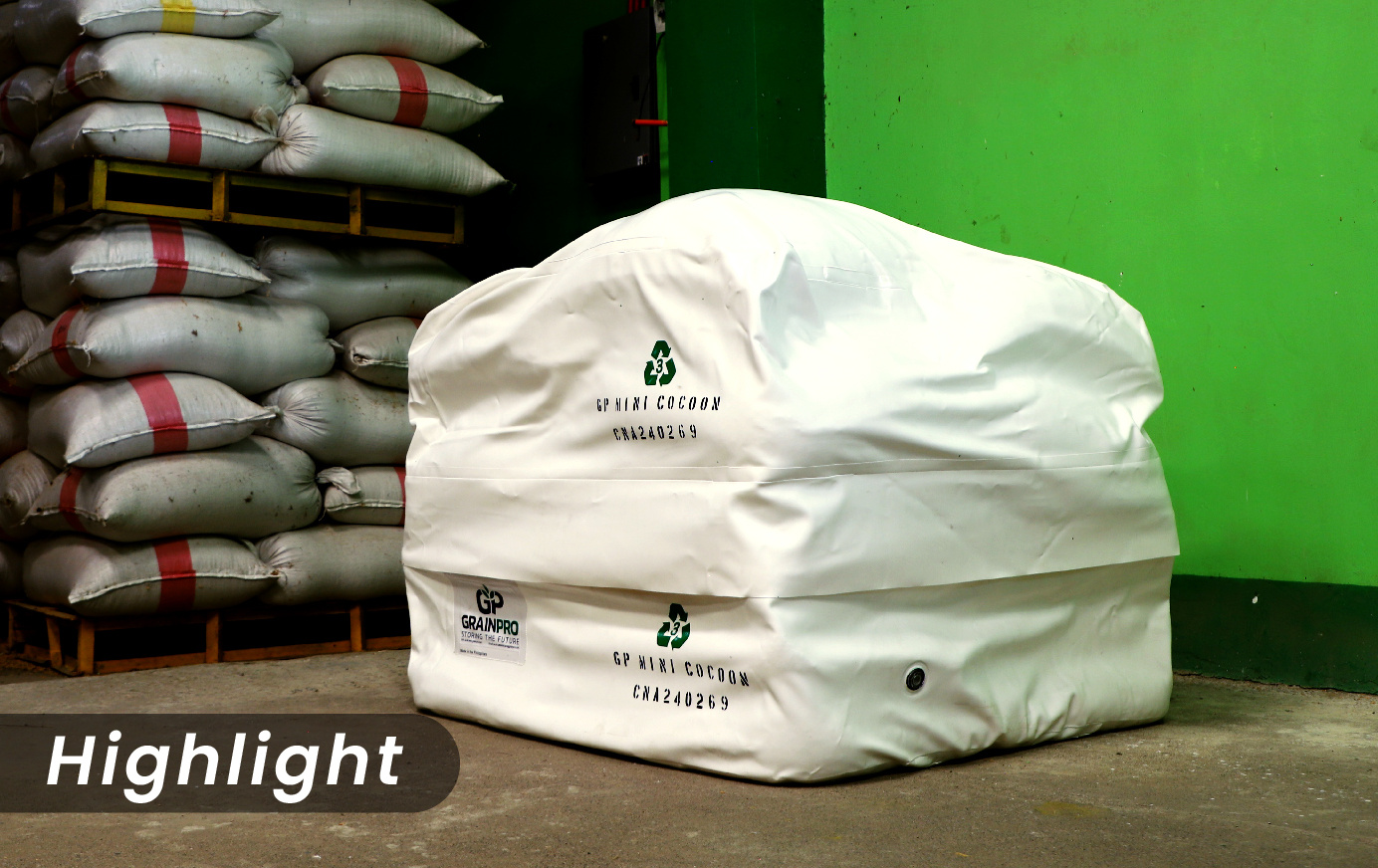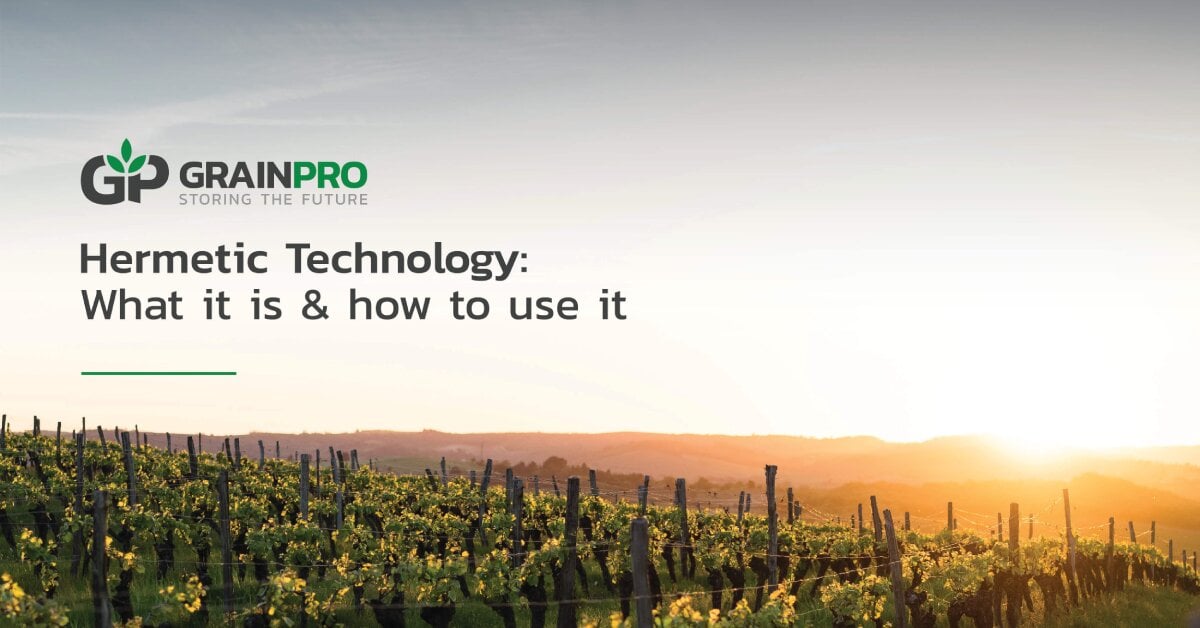Hearing the term 'hermetic technology' can be intimidating if you aren't really familiar with it. However, it's actually a very simple concept used in everyday products. With its many applications and the convenience it brings, you have to make sure that you know about it -- especially if you're in the agricultural industry.
It seems like scientific jargon that should only be used by scientists, engineers, and technical people. Still, hermetic technology can be easily understood and applied to produce various solutions that can potentially solve even global problems.
What It Is
Hermetic technology is defined simply as the technology that uses gas-tight and moisture-tight materials to seal or store commodities that are prone to deterioration when exposed to air, moisture, or foreign objects.
Because it protects goods from being damaged, hermetic technology has various applications today. Sealants, containers, storage units, and many other practical items use the concept of hermeticity to keep out undesired contaminants and moist air.
The concept of hermeticity protects commodities inside a container by creating a controlled atmosphere. This means that oxygen or other gases can't enter or exit, along with moisture and other particles like dust. Insects and animals can also be kept out by reinforced hermetic containers.
How to Use It
Today, hermetic technology is used in many industries such as manufacturing, construction, and agriculture.
In fact, the use of hermetic technology is an ancient agricultural practice that dates back to prehistoric times. Early farmers and traders used to keep their harvested crops in covered, underground pits lined with stone or clay.
This practice preserved grains and allowed communities to have a steady reserve of food and develop into more complex and sophisticated societies.
A lot of today's advancements are based on ancient traditions and techniques, and hermetic technology is no exception. Hermetic storage is still used now for storing dry agricultural commodities. Grains, rice, beans, and even spices are commonly stored in gas-tight and moisture-tight containers.
Read more: Storing Grains Doesn't Have to be Expensive
For high-valued commodities like coffee and cocoa, this offered protection helps preserve quality. This is quite important for specialty coffees and artisanal chocolates that need to be protected from contamination and exposure.
Read more: Best Practices in Storing Coffee Beans
In the case of specialty coffees, the peak quality needs to be locked in from origin to destination. This means the aroma, taste, color, and freshness of the coffee beans have to be in the same state as if these were freshly picked, dried, and stored.
This is where hermetic technology comes in. The barrier properties of hermetic bags keep those qualities that make specialty coffees unique and distinctive.
You can also use hermetic technology to store staple crops like rice, grains, and wheat. With protective storage, crops can be saved from molds - which lead to serious health risks when ingested - and insects that damage and contaminate scarce resources.
Globally, up to a third of produced food is lost yearly, in part due to improper post-harvest management which includes storage. The good news is this can be fixed by using simple solutions that have the applications that hermetic technology offers.
In addition, you can also use hermetic technology as a transport solution. Having a protective material in shipping containers helps reduce moisture damage to crops and save both quality and quantity.
Hermetic technology also helps keep food healthy and nutritious by locking in nutrients and minerals that would otherwise be lost due to exposure, contamination, molds, and insects. Food security and safety could be achieved by applying a simple solution such as hermetic storage.
Read more: Benefits of Reducing Post-Harvest Losses
Date Published: October 1, 2024




